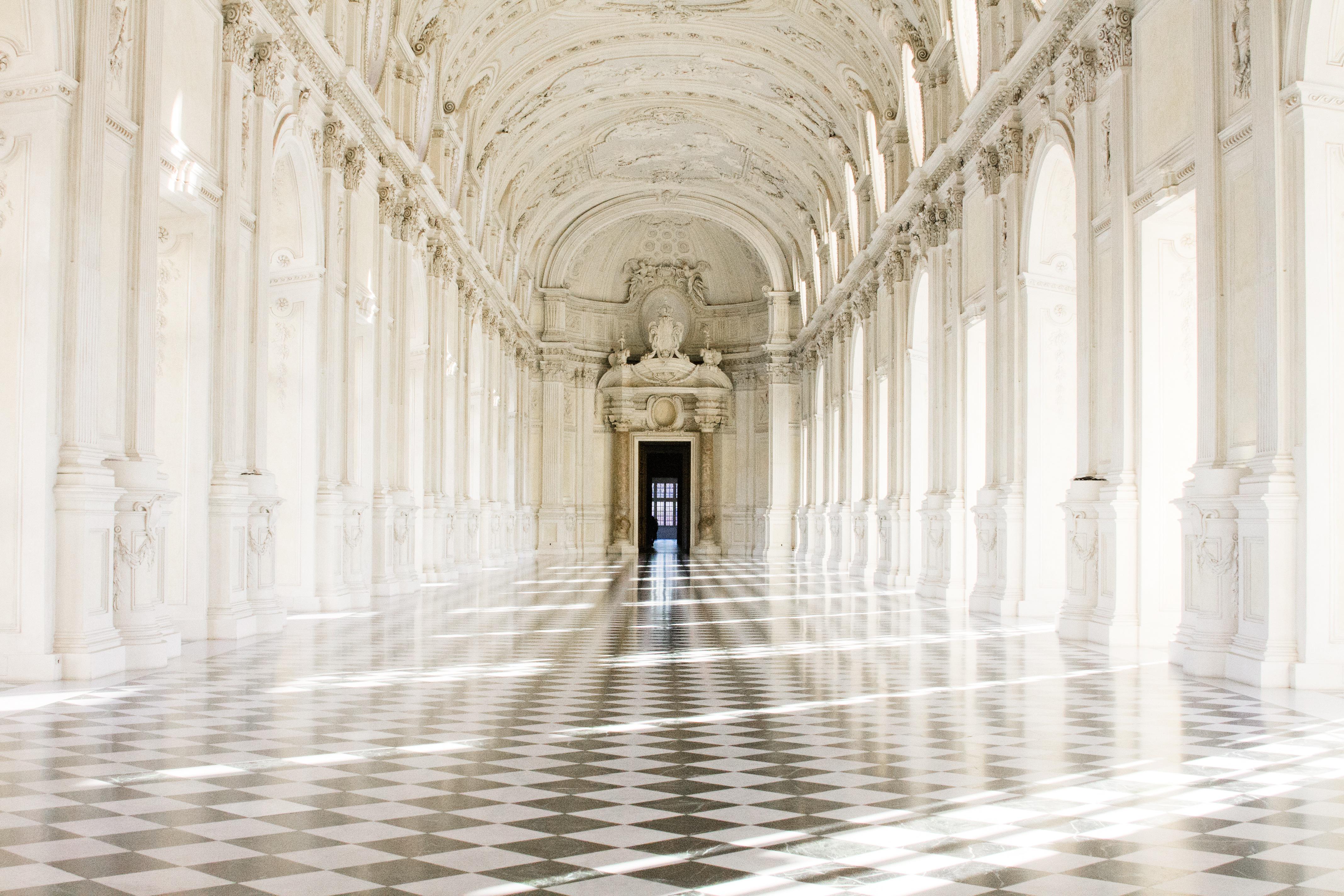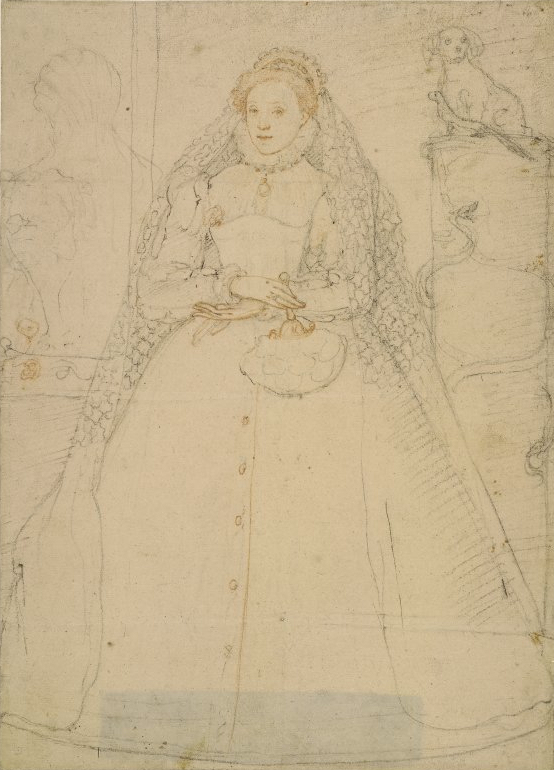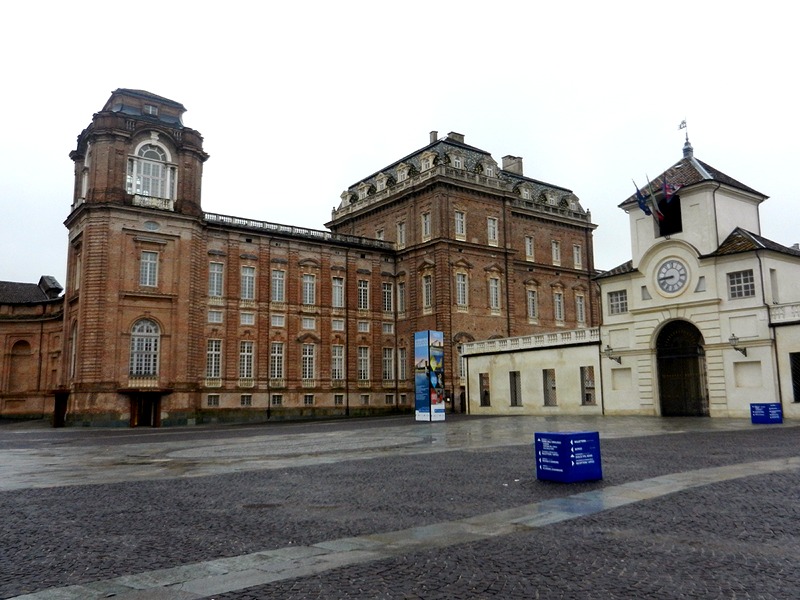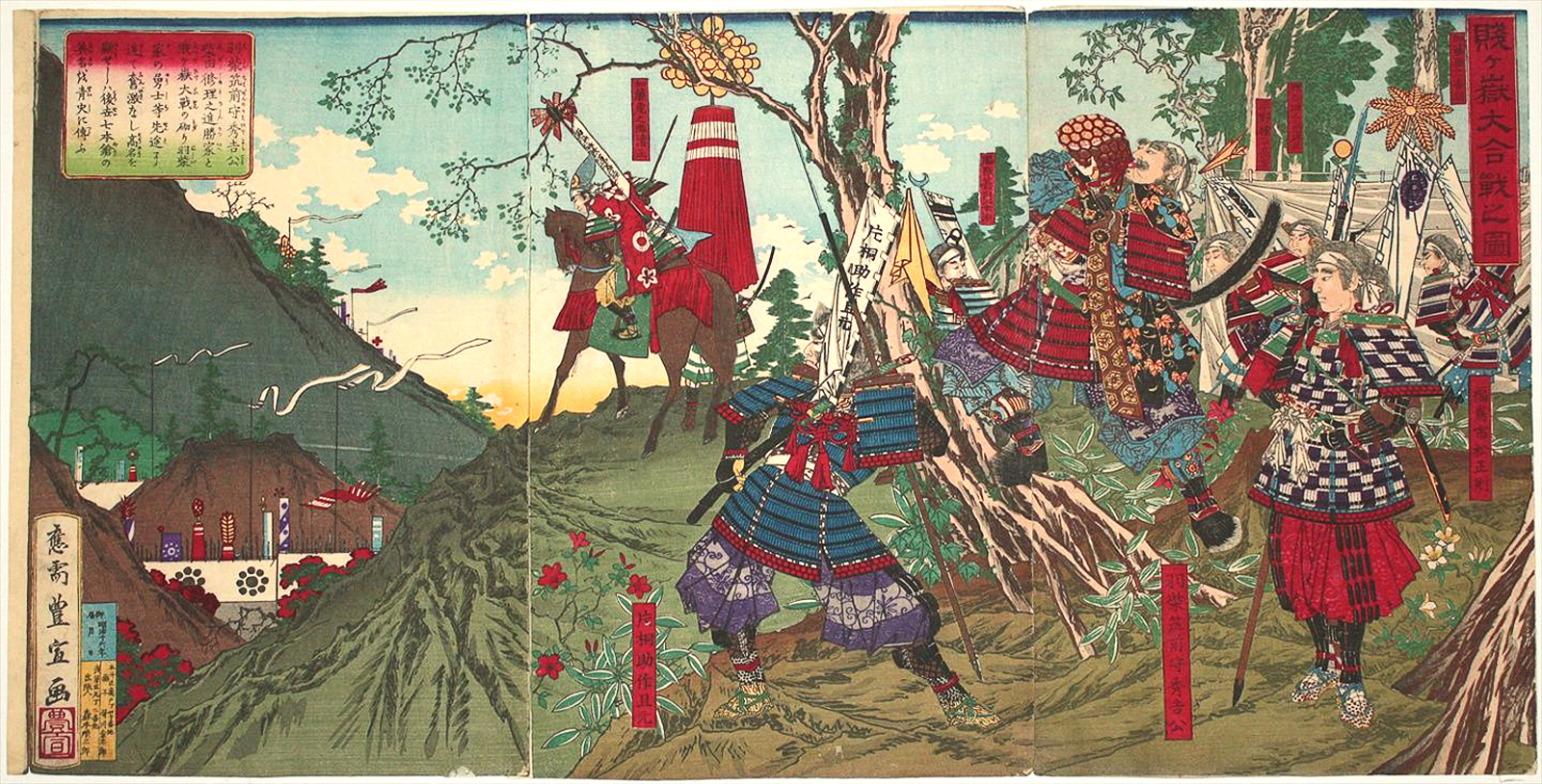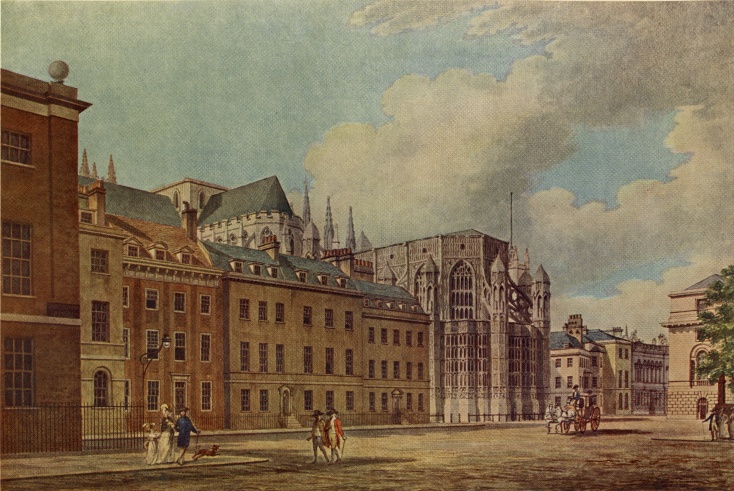|
Giovanni Crosio
Giovanni Crosio (1583circa 1654) was an Italian painter active in a Mannerist style. Biography He was born in Trino in the Province of Vercelli. He is said to have be initially a follower of Guglielmo Caccia and Federico Zuccari, who were employed as court painters by Carlo Emanuele I. In 1607, he was paid for painting in the Galleria Grande of the Palace of Venaria. He painted mainly in the Piedmont. He painted a ''Holy Family and Saints including St John the Evangelist'' (1619) for the church of San Giorgio Martire in Chieri Chieri (; pms, Cher) is a town and ''comune'' in the Metropolitan City of Turin, Piedmont (Italy), located about southeast of Turin, by rail and by road. It borders the following municipalities: Baldissero Torinese, Pavarolo, Montaldo Torine .... ... [...More Info...] [...Related Items...] OR: [Wikipedia] [Google] [Baidu] |
Mannerism
Mannerism, which may also be known as Late Renaissance, is a style in European art that emerged in the later years of the Italian High Renaissance around 1520, spreading by about 1530 and lasting until about the end of the 16th century in Italy, when the Baroque style largely replaced it. Northern Mannerism continued into the early 17th century. Mannerism encompasses a variety of approaches influenced by, and reacting to, the harmonious ideals associated with artists such as Leonardo da Vinci, Raphael, Vasari, and early Michelangelo. Where High Renaissance art emphasizes proportion, balance, and ideal beauty, Mannerism exaggerates such qualities, often resulting in compositions that are asymmetrical or unnaturally elegant.Gombrich 1995, . Notable for its artificial (as opposed to naturalistic) qualities, this artistic style privileges compositional tension and instability rather than the balance and clarity of earlier Renaissance painting. Mannerism in literature and music ... [...More Info...] [...Related Items...] OR: [Wikipedia] [Google] [Baidu] |
Trino
Trino ( pms, Trin) is a ''comune'' (municipality) in the Province of Vercelli in the Italian region Piedmont, located about northeast of Turin and about southwest of Vercelli, at the foot of the Montferrat hills. Trino borders the following municipalities: Bianzè, Camino, Costanzana, Fontanetto Po, Livorno Ferraris, Morano sul Po, Palazzolo Vercellese, Ronsecco, and Tricerro. Trino was the site of Enrico Fermi Nuclear Power Plant. The Romanesque church of San Michele in Insula (built in the 10th–11th centuries) has 12th-century frescoes. The Lucedio Abbey is also located in the municipal territory. Twin towns * Chauvigny, France, since 1961 * Geisenheim, Germany, since 1974 * Banfora, Burkina Faso Burkina Faso (, ; , ff, 𞤄𞤵𞤪𞤳𞤭𞤲𞤢 𞤊𞤢𞤧𞤮, italic=no) is a landlocked country in West Africa with an area of , bordered by Mali to the northwest, Niger to the northeast, Benin to the southeast, Togo and Ghana to the ..., since 1999 ... [...More Info...] [...Related Items...] OR: [Wikipedia] [Google] [Baidu] |
Province Of Vercelli
A province is almost always an administrative division within a country or state. The term derives from the ancient Roman '' provincia'', which was the major territorial and administrative unit of the Roman Empire's territorial possessions outside Italy. The term ''province'' has since been adopted by many countries. In some countries with no actual provinces, "the provinces" is a metaphorical term meaning "outside the capital city". While some provinces were produced artificially by colonial powers, others were formed around local groups with their own ethnic identities. Many have their own powers independent of central or federal authority, especially in Canada and Pakistan. In other countries, like China or France, provinces are the creation of central government, with very little autonomy. Etymology The English word ''province'' is attested since about 1330 and derives from the 13th-century Old French , which itself comes from the Latin word , which referred to the sphe ... [...More Info...] [...Related Items...] OR: [Wikipedia] [Google] [Baidu] |
Guglielmo Caccia
Guglielmo Caccia called il Moncalvo (9 May 15681625) was an Italian painter of sacred subjects in a Mannerist style. Biography He was born in Montabone near Acqui. He is said to have been a pupil of Lorenzo Sabbatini. He started painting in Milan, then worked in Pavia, where he was made a citizen. He also painted in Novara, Vercelli, Alessandria, and Turin, and Genoa. His best work, ''Deposition from the Cross'', is at the church of San Gaudenzio, Novara. He also painted for the cupola of the dome of San Paolo in Novara. He painted for the Church of the Conventuali in Moncalvo. He painted a ''St. Anthony Abbot with St Paul'' for the church of Sant'Antonio Abate in Milan. He painted in the Sacro Monte di Crea. He was a collaborator in some works with Gaudenzio Ferrari. Daniele Crespi and Giorgio Alberino were among his pupils, as was his daughter, Orsola. He painted in oil a ''St. Peter'' for the Chiesa della Croce, ''St. Theresa'' for the church of the Trinity, both in Turin, ... [...More Info...] [...Related Items...] OR: [Wikipedia] [Google] [Baidu] |
Federico Zuccari
Federico Zuccaro, also known as Federico Zuccari (c. 1540/1541August 6, 1609), was an Italian Mannerist painter and architect, active both in Italy and abroad. Biography Zuccaro was born at Sant'Angelo in Vado, near Urbino ( Marche). His documented career as a painter began in 1550, when he moved to Rome to work under Taddeo, his elder brother. He went on to complete decorations for Pius IV, and help complete the fresco decorations at the Villa Farnese at Caprarola. Between 1563 and 1565, he was active in Venice with the Grimani family of Santa Maria Formosa. During his Venetian period, he traveled alongside Palladio in Friuli. He was involved in the following fresco projects: * Decoration of the Casina Pio IV, Rome * Grimani Chapel, San Francesco della Vigna, Venice *Monumental staircase, Palazzo Grimani, Venice * Pucci Chapel in the church of Trinità dei Monti, Rome * San Marcello al Corso, Rome * Cathedral of Orvieto (1570) * Oratorio del Gonfalone, Rome (1573 ... [...More Info...] [...Related Items...] OR: [Wikipedia] [Google] [Baidu] |
Carlo Emanuele I Di Savoia
Charles Emmanuel I ( it, Carlo Emanuele di Savoia; 12 January 1562 – 26 July 1630), known as the Great, was the Duke of Savoy from 1580 to 1630. He was nicknamed (, in context "the Hot-Headed") for his rashness and military aggression. Being ambitious and confident, Charles pursued a policy of expansion for his duchy, seeking to expand it into a kingdom. Biography Charles was born in the Castle of Rivoli in Piedmont, the only child of Emmanuel Philibert, Duke of Savoy and Margaret of France, Duchess of Berry. He succeeded his father as duke on 30 August 1580. Well-educated and intelligent, Charles spoke Italian, French, Spanish, as well as Latin. He proved an able warrior although short and hunchbacked. In the autumn of 1588, taking advantage of the civil war weakening France, he occupied the Marquisate of Saluzzo, which was under French protection. The new king, Henry IV, demanded the restitution of that land, but Charles Emmanuel refused, and war ensued. In 1590 ... [...More Info...] [...Related Items...] OR: [Wikipedia] [Google] [Baidu] |
Palace Of Venaria
The Palace of Venaria (Italian: Reggia di Venaria Reale) is a former royal residence and gardens located in Venaria Reale, near Turin in the Piedmont region in northern Italy. It is one of the Residences of the Royal House of Savoy, included in the UNESCO Heritage List in 1997. The Palace was designed and built from 1675 by Amedeo di Castellamonte, commissioned by duke Charles Emmanuel II, who needed a base for his hunting expeditions in the heathy hill country north of Turin. The name itself derives from Latin, ''Venatio Regia'' meaning "Royal Hunt". It was enlarged to become a luxurious residence for the House of Savoy. The palace complex became a masterpiece of Baroque architecture and was filled with decoration and artwork. It fell into disuse at the end of the 18th century. After the Napoleonic wars, it was used for military purposes until 1978, when its renovation began, leading to the largest restoration project in European history. It opened to the public on October 13, 2 ... [...More Info...] [...Related Items...] OR: [Wikipedia] [Google] [Baidu] |
Chieri
Chieri (; pms, Cher) is a town and '' comune'' in the Metropolitan City of Turin, Piedmont ( Italy), located about southeast of Turin, by rail and by road. It borders the following municipalities: Baldissero Torinese, Pavarolo, Montaldo Torinese, Pino Torinese, Arignano, Andezeno, Pecetto Torinese, Riva presso Chieri, Cambiano, Santena, and Poirino. History Pre-Roman Between the Neolithic and the Iron Age, the original inhabitants of this part of the Italian peninsula were the Ligures. The Ligures living in this area of the Po river plain belonged specifically to the Taurini tribe. The location of Chieri is within the Taurini tribe's territory, in the belt of hills which surround Turin. The original settlement was most likely founded by them, being sited on a prominent hill (on which the church of San Giorgio currently stands) and growing to be the geographical focus of the city centre. Its original name would have been Karreum or a variant thereof (e.g. Ka ... [...More Info...] [...Related Items...] OR: [Wikipedia] [Google] [Baidu] |
1583 Births
__NOTOC__ Events January–June * January 18 – François, Duke of Anjou, attacks Antwerp. * February 4 – Gebhard Truchsess von Waldburg, newly converted to Calvinism, formally marries Agnes von Mansfeld-Eisleben, a former canoness of Gerresheim, while retaining his position as Archbishop-Elector of Cologne. * March 10 – The ''Queen Elizabeth's Men'' troupe of actors is ordered to be founded in England. * May – Battle of Shizugatake in Japan: Shibata Katsuie is defeated by Toyotomi Hideyoshi, who goes on to commence construction of Osaka Castle. * May 22 – Ernest of Bavaria is elected as Roman Catholic Archbishop of Cologne, in opposition to Gebhard Truchsess von Waldburg. The opposition rapidly turns into armed struggle, the Cologne War within the Electorate of Cologne, beginning with the Destruction of the Oberstift. July–December * July 25 – Cuncolim Revolt: The first documented battle of India's in ... [...More Info...] [...Related Items...] OR: [Wikipedia] [Google] [Baidu] |
1654 Deaths
Events January–March * January 6– In India, Jaswant Singh of Marwar (in what is now the state of Rajasthan) is elevated to the title of Maharaja by Emperor Shah Jahan. * January 11– In the Battle of Río Bueno in southern Chile during the Arauco War, the indigenous Huilliche warriors rout Spanish troops from Fort Nacimiento who are attempting to cross the Bueno River. * January 26– Portugal recaptures the South American city of Recife from the Netherlands after a siege of more than two years during the Dutch-Portuguese War, bringing an end to Dutch rule of what is now Brazil. The Dutch West India Company had held the city (which they called Mauritsstad) for more than 23 years. * February 9– Spanish troops led by Don Gabriel de Rojas y Figueroa successfully attack the Fort de Rocher, a pirate-controlled base on the Caribbean island of Tortuga. * February 10– The Battle of Tullich takes place in Aberdeenshire in Scotland ... [...More Info...] [...Related Items...] OR: [Wikipedia] [Google] [Baidu] |
